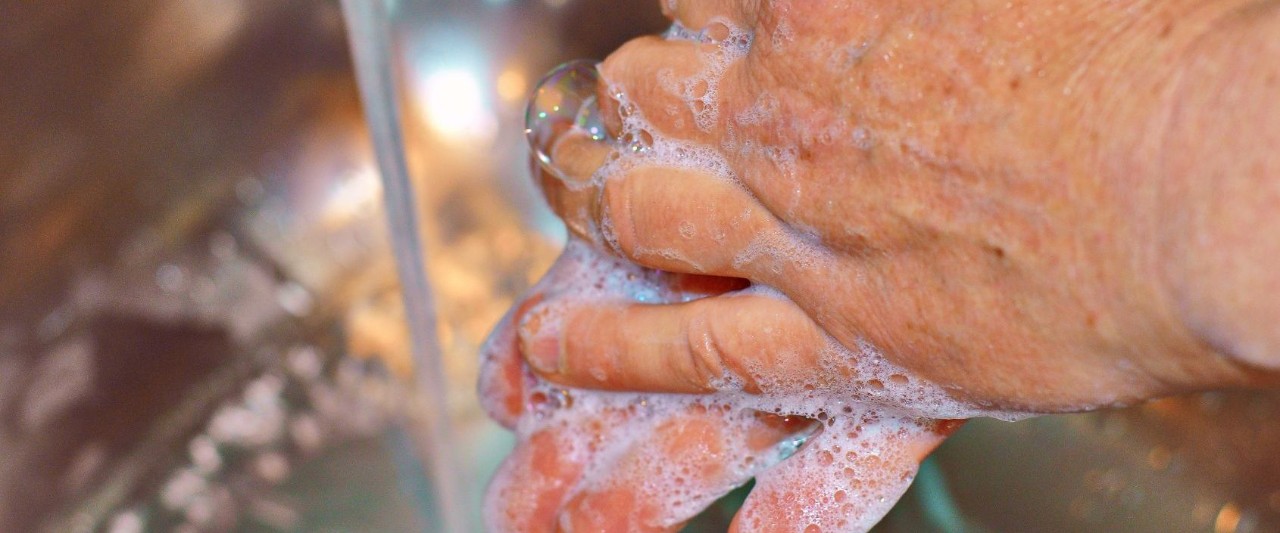
Fact Sheets And Publications

Hand Washing Procedures
Use the double hand wash method to reduce disease-causing (pathogenic) organisms on hands.
The steps include:
- Wet hands under hot, flowing water (100° F to 120° F, 2 gallons per minute).
- Apply sufficient soap to develop a good lather. (Refrain from using antibacterial soaps.)
- Use a fingernail brush to eliminate dirt on fingertips and under fingernails.
- Rinse hands and brush in hot (100° F to 120° F), flowing (more than 2 gallons per minute) water.
- To ensure removal of pathogens, wash hands again without using the fingernail brush. Wash arms as far up as will make contact with food.
- Rinse hands and arms again in hot, flowing water.
- Dry hands and arms with disposable paper towels.
Poor personal hygiene of workers causes 25 to 40 percent of all foodborne related illness in this country. Proper attention to good personal hygiene is essential to decrease foodborne disease.
Prepared by: Sue Snider, Ph.D.
Professor/Food Safety and Nutrition Specialist
9/11, 3/20
UD Cooperative Extension
This institution is an equal opportunity provider.
In accordance with Federal law and U.S. Department of Agriculture policy, Cooperative Extension is prohibited from discriminating on the basis of race, color, national origin, sex, age, or disability.
